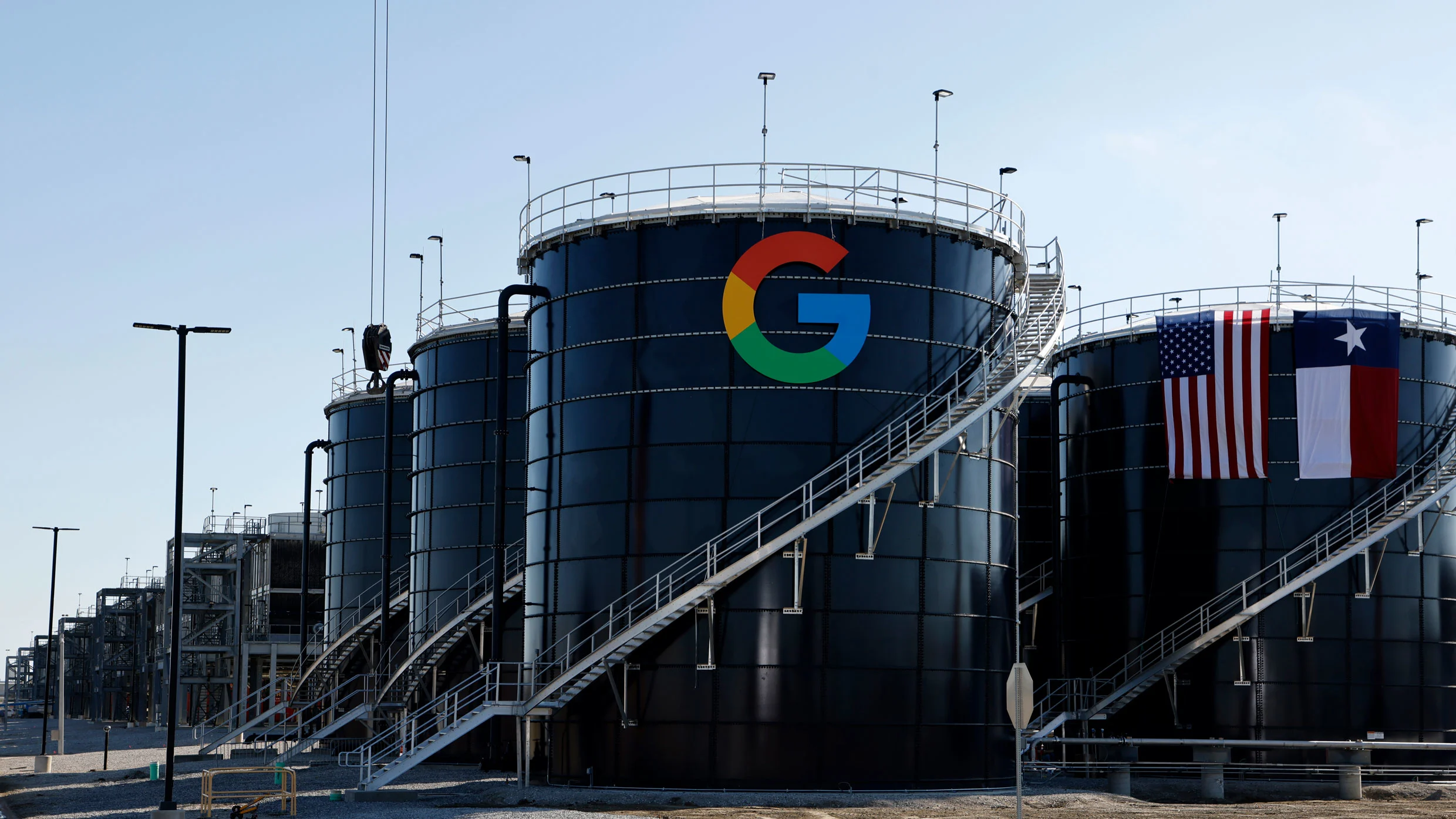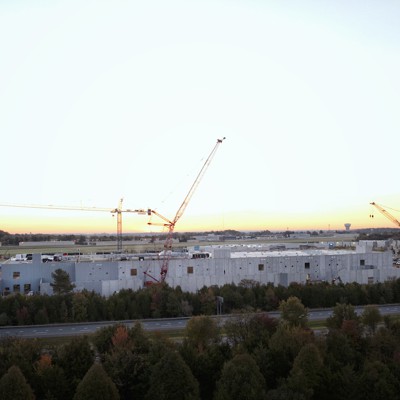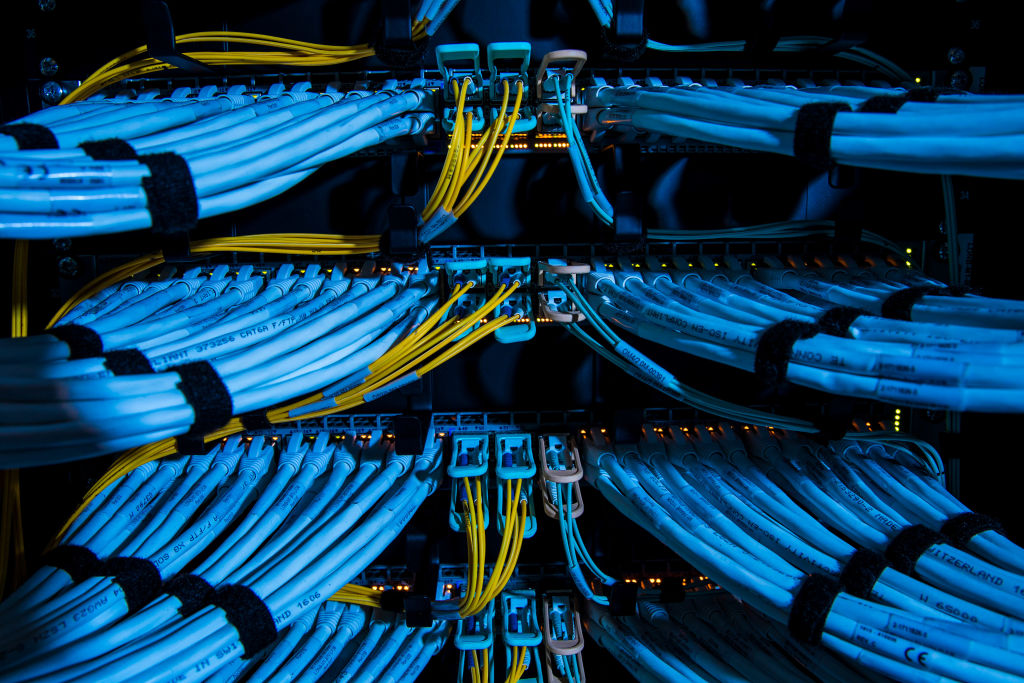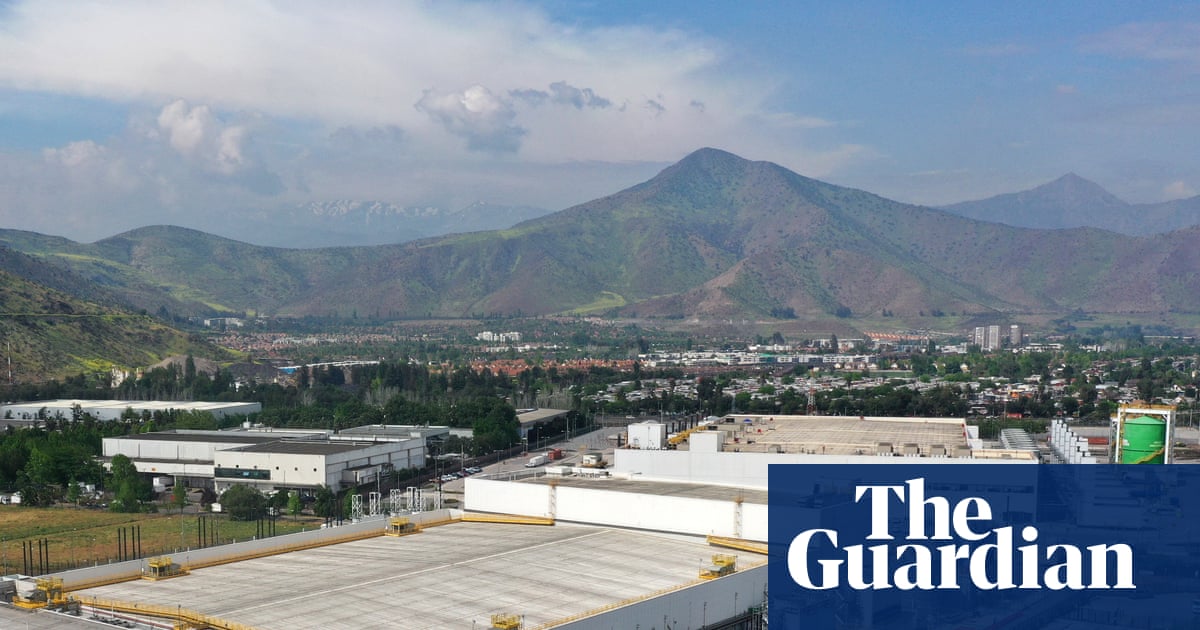#data-centers
#data-centers
[ follow ]
fromFuturism
1 day agoAmazon Data Center Linked to Cluster of Rare Cancers
Doherty's story began when he noticed a rise in bizarre medical conditions among the county's 45,000 residents, linked to toxins in the local water. Working with the county health office, the rancher-turned-official began a survey of 70 wells throughout his jurisdiction - 68 of which, his testing found, violated the federal limit for nitrates in drinking water. Of the first 30 homes he visited, Doherty told RS that 25 residents had recently had miscarriages, while six had lost a kidney.
Environment
fromTechzine Global
3 days agoDigital Realty and Equinix battle for atNorth for 4.5 billion
Digital Realty and a consortium of Equinix and Canada Pension Plan Investment Board are both trying to acquire the Scandinavian company atNorth. Partners Group, the owner of atNorth, is reportedly aiming for around €4.5 billion for the pan-Nordic data center operator. This is according to Bloomberg, based on sources. atNorth operates data centers in Iceland, Denmark, Sweden, and Finland. Partners Group acquired the company in January 2022.
Real estate
fromwww.mercurynews.com
6 days agoBig tech's AI debt wave threatening to swamp credit markets
That's the warning from Wall Street and investors, if the recent pace of mega bond offerings from the likes of Alphabet Inc. and Meta Platforms Inc. continues in 2026. These sales have capped a record year of global issuance. With tech firms expected to turn to debt for as much as $1.5 trillion by 2028 to fund expansion in artificial intelligence and data centers, that could widen spreads across the whole market, Morgan Stanley argues.
Business
fromLondon Business News | Londonlovesbusiness.com
1 week agoSunnov investment: Samsung reveals massive AI investment - London Business News | Londonlovesbusiness.com
Global investors are focusing on Samsung Electronics as the group sets out a five-year artificial intelligence investment programme worth $310 billion over the coming five-year period, with analysis from Sunnov Investment Pte. Ltd. highlighting how the plan reshapes expectations for capital spending across the semiconductor industry. The commitment concentrates on AI specific semiconductors and on domestic manufacturing capacity in South Korea.
Artificial intelligence
Artificial intelligence
fromFortune
1 week ago'Yes, it is an ambitious, crazy thing': Scenes from the Kennedy Center's Saudi-U.S. AI mind-meld, with Trump, MBS, Musk and Huang | Fortune
Saudi crown prince pledged $1 trillion investment with U.S. companies to transform Saudi oil and gas into an AI data hub.
fromTechCrunch
1 week agoRising data center electricity use risks blackouts during winter storms | TechCrunch
Across North America, demand for electricity this winter is expected to be 2.5% higher than last year for a total of 20 gigawatts, the North American Electric Reliability Corporation (NERC) said in a report released this week. In recent years, winter demand grew by 1% or less. Data centers are driving a significant chunk of that growth, especially in the mid-Atlantic, U.S. West, and U.S. Southeast, "areas where a lot of data center development is occurring," Mark Olson, NERC manager of reliability assessments, told E&E News.
Environment
fromwww.mercurynews.com
1 week agoSanta Clara data centers are bought by Texas firm for $90 million-plus
A Texas company has paid well over $90 million to buy a pair of data centers in Santa Clara in a sign that investors still hunger for these sites amid the artificial intelligence boom. The data centers are located at 4650 and 4700 Old Ironsides drives in Santa Clara, a short distance from Levi's Stadium. Centersquare, a Texas-based data center-oriented real estate firm, acted through affiliates to pay $97 million in cash for the adjacent data centers,
Real estate
fromTruthout
2 weeks agoData Centers Devour Electricity. Private Equity Is Buying Utilities to Cash In.
A critical turning point in this development occurred in October when Minnesota state regulators greenlit the acquisition of Allete by asset management behemoth BlackRock - set to become Allete's majority stakeholder - and the Canada Pension Plan Investment Board. Allete owns Minnesota Power, the main electric utility in northern Minnesota. The approval came against significant community opposition and, as Truthout previously reported, an administrative law judge's report that strongly recommended against the deal.
Business
fromwww.mercurynews.com
2 weeks agoNvidia's data centers in Santa Clara stand empty awaiting power
Two of the world's biggest data center developers have projects in Nvidia Corp.'s hometown that may sit empty for years because the local utility isn't ready to supply electricity. In Santa Clara, California, where the world's biggest supplier of artificial-intelligence chips is based, Digital Realty Trust Inc. applied in 2019 to build a data center. Roughly six years later, the development remains an empty shell awaiting full energization.
Silicon Valley real estate
fromIT Pro
2 weeks agoLack of power supplies hitting data centre construction
Savills puts this down to the limited availability of new facilities coming to the market, rather than a lack of demand. The underlying strength of demand, it said, is reflected in the total contracted power capacity, which has risen to nearly 14,500MW, up 12% year-on-year. Around a quarter of take-up is now pre-let compared with less than 20% three years ago.
Real estate
fromFortune
3 weeks agoVoter fury emerges over skyrocketing electricity bills as AI stokes demand - and fears of a stock market bubble | Fortune
Voter anger over the cost of living is hurtling forward into next year's midterm elections, when pivotal contests will be decided by communities that are home to fast-rising electric bills or fights over who's footing the bill to power Big Tech's energy-hungry data centers. Electricity costs were a key issue in this week's elections for governor in New Jersey and Virginia, a data center hotspot, and in Georgia, where Democrats ousted two Republican incumbents for seats on the state's utility regulatory commission.
US politics
Environment
fromThe Verge
3 weeks agoSoaring electricity rates fueled Democratic victories - now comes the hard part
Rising utility bills and growing electricity demand from AI data centers, electric vehicles, and manufacturing are influencing elections and pressuring Democrats to lower consumer electricity prices.
Artificial intelligence
fromBusiness Insider
3 weeks agoMeta details $600 billion US investment pledge that led to a hot-mic moment between Zuckerberg and Trump
Meta will invest over $600 billion in the U.S. through 2028 to expand AI technology, infrastructure, data centers, and workforce while targeting water-positive operations.
Environment
from24/7 Wall St.
3 weeks agoLNG Export Demand Driving Natural Gas to Highs: 5 Strong Buy Dividend Leaders
Natural gas exports and rising data-center electricity demand will significantly boost U.S. natural gas consumption, advantaging producers, transporters, infrastructure owners, and related dividend-paying stocks.
from24/7 Wall St.
3 weeks agoThis Is Why AI Is Not a Bubble and Nvidia will Reach $10 Trillion
Valuations further differentiate the periods: dotcom tech stocks often traded at 150 to 180 times trailing earnings, while current AI frontrunners average around 40 times. Some AI hardware purchasers have reported improved return on ivested capital (ROIC), but results vary across the industry. This solid groundwork distinguishes AI from historical bubbles and primes leading companies like Nvidia for substantial expansion.
Tech industry
fromTruthout
4 weeks agoBlack Communities Across the US Refuse to Be Sacrifice Zones for Data Centers
At first, the renderings looked like progress for the majority-Black town: glass-and-concrete buildings promising jobs, innovation, and a future rooted in Big Tech. But the fine print told a different story: a complex that would level 700 acres of forest, swallow nearly 2 million gallons of water a day, and draw enough electricity to power a city the size of Seattle. What officials pitched as transformation began to feel, to Simelton, like extraction.
Social justice
Business
from24/7 Wall St.
1 month agoUtility Stocks on Fire as Data Center Demand Explodes: 5 Strong Buy Giants
Data centers' continuous operations drive massive electricity demand, benefiting high-yield utility stocks that provide stable passive income, exemplified by Canadian Utilities' 4.60% dividend.
Tech industry
fromABC7 Los Angeles
1 month agoAmazon cuts 14,000 corporate jobs as spending on artificial intelligence accelerates
Amazon will cut about 14,000 corporate jobs while accelerating major investments in generative AI and data-center infrastructure to prioritize AI-driven products and services.
[ Load more ]

































